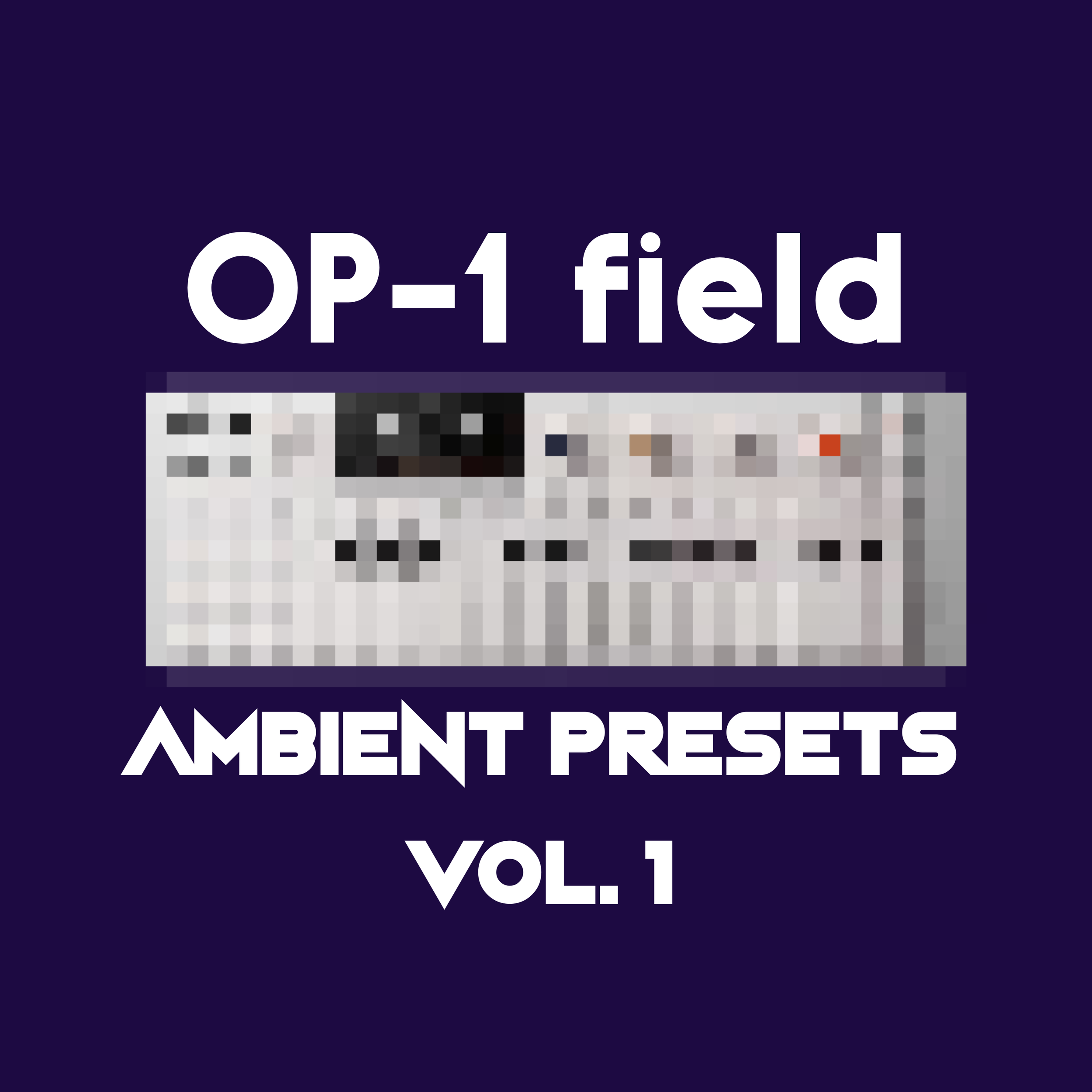System80 - 860 MK2
A Jupiter-6 Filter for your Modular Synth!
In Eurorack you will find a lot of vintage-inspired modules. We’ve recently done a full review on Winterbloom’s awesome oscillator - Castor & Pollux II which is inspired by Roland Juno’s oscillator. Today, we’re staying with the Roland family to review System80’s filter module called 860 MK2. The 860 MK2 is an updated version of their famous JOVE filter and the second version of the 860 MK1.
This filter is inspired by another legendary synthesizer, the Jupiter-6. The Jupiter-6 was released back in the 80s and, as you can imagine, to get one today you’ll probably have to sell your house. Jupiter-6 has a very distinct multimode filter that our friends at System80 decided to reinterpret by releasing their own version of it!
By playing with it, I immediately thought how cool is Eurorcack. The fact that you can combine a Juno Oscillator with a Jupiter-6 filter and process those things with anything you want still blows my mind and it’s the reason getting into modular is so rewarding. If you can dream it you can build it!
So let’s go back to 860 MK2 and see its controls and where I think it excels.
Controls
This is a very straightforward filter module. The great thing that the new version has is that it now has two inputs with dedicated volume controls so you can mix two signals running though the same filter settings. It has a mono output and three modulation inputs. There are two Frequency CV inputs, one unipolar and one bipolar with their dedicated attenuators, and a Resonance CV input that non-attenuated. I feel that they could fit an attenuator for the resonance even though the module is just 10HP but we can live without it.
On the top, you’ll find your Frequency and Resonance knobs and a button to swap between a 24dB Lowpass, a 12dB Lowpass, a Bandpass, and a Highpass filter. Nothing that you’ve never seen before.
Overall Experience
The 860 MK2 is a simple but great-sounding filter. The thing that stands out is that it’s pretty resonant. The resonance starts to become very present around noon and after that it’s screaming! If you’ve ever played a vintage Roland synth, you’d know that you have to keep your resonance very low and that’s the case with the 860 MK2 too. The two Mod inputs are great and can be combined. That can result in some very interesting sounds and if you open the filter with Mod 1 and close the filter with Mod 2 you can end up with a unpredicted cutoff modulation that gives you some extra movement!
The two inputs are very handy but what’s even more handy is that there are input volume controls for both. That turns it into a two-channel mixer for two audio signals or you can take a stereo signal and sum it into a mono signal through the filter.
I’m used to the ability to continuously change from Lowpass to Bandpass and Highpass on other filters and I kinda miss this on the 860 MK2. Also, there is not a V/Oct input so you can’t use it as an oscillator but that’s ok. I’m not doing this too often anyway.
Conclusion
The 860 MK2 is a simple yet effective filter for your modular. It sounds very nice, it does not color the sound too much, and it’s amazing for acid lines with its hyper-resonant nature. Living up to its inspiration, it’s a very synth-like filter that will remind you of the filters you’d find on a synthesizer. It’s ver-well built, the knobs are big and firm, and sweeping the frequency sounds gorgeous.
It is not the most fully-featured filter but I feel that this was the initial intention. System80 focused more on recreating a classic filter and making it sound good rather than making a completely new design with a lot of added features. So for synth sounds, it is a great all-rounder that will get the job done perfectly!


















